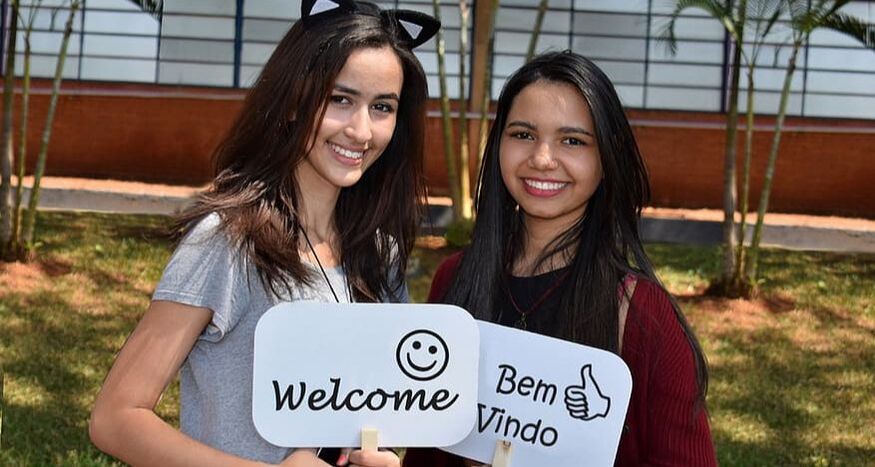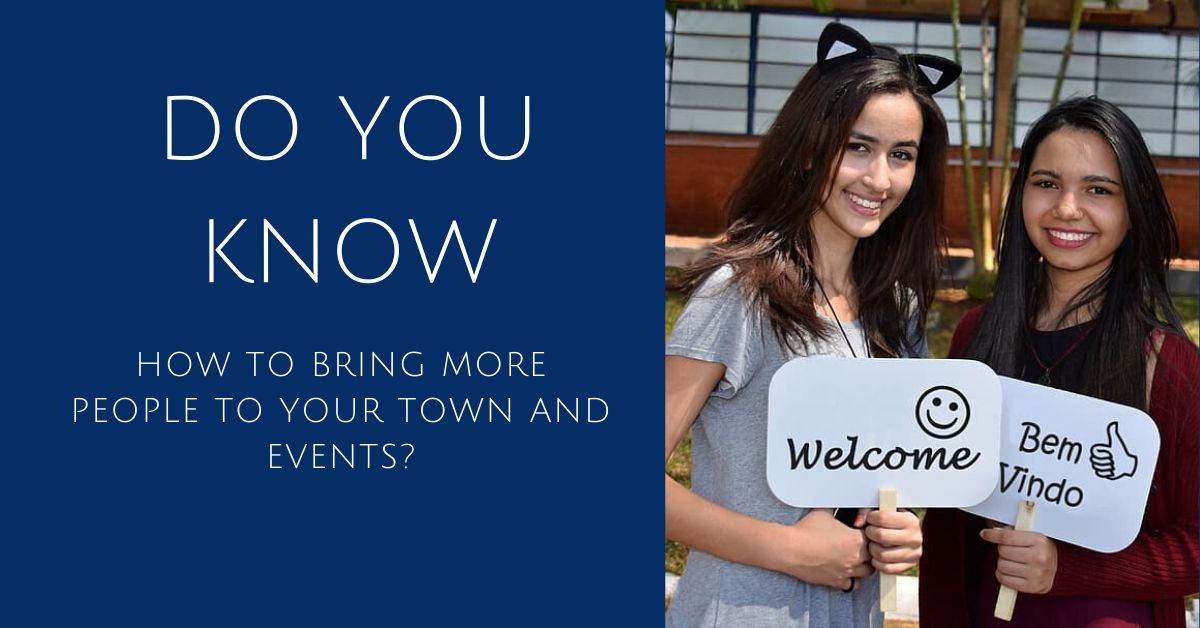|
Is Your Community Gen Z Ready?
|
"What are the patterns to what these young people want in towns they call home?" |
|
Move over Millennials. According to recent data, people born from 1997 onward represent 90 million Americans. Millennials and Boomers number just over 70 million each.
Gen Z has many names: the post-millennial generation, the iGeneration, and the Homeland Generation. In many ways, the United States hasn’t seen a generation like this since the Great Depression. They came of age during recession, financial crisis, war, terror threats, and school shootings. They have been bombarded with the unending, rattling noise of 24/7 news, social media and packed schedules. The result is a scarred generation, cautious and hardened by economic and social turbulence. In addition, Gen Zers are the most racially diverse generation in American history: almost half are a race other than non-Hispanic white. Diverse interests, diverse backgrounds, and diverse exposure to ideas make them a complex group of individuals. What are the patterns to what these young people want in towns they call home? Consider how to accommodate and communicate based on the following: They are frugal. When the 2008 financial crisis hit, Gen Zers saw parents laid off and homes foreclosed. They are financially conservative. They want to save their money and not “waste” it on rent or car ownership. They prefer small, energy-efficient homes in walkable communities to a home that is more expensive to buy and maintain. Gen Z is careful about large upfront investments with limited benefit. Why buy a car when you can summon one with an app? Why subscribe to a cable bundle when you can stream individual networks and shows? They are pragmatic. When looking at school and careers, Gen Zers see the trap Millennials fell into: expensive educations, high debt, and low-paying jobs. While Gen Zers see the value of education, they are interested in educational paths that will give them practical skills to move quickly to stable, well-paying jobs ̶ with as little debt and time wasted as possible. Tuition reimbursement, ROTC, apprenticeships, paid internships, and tuition forgiveness programs are examples. They crave safety. Gen Zers want to maximize security. They want to live in safe communities that they can afford to live in – that means taxes on small homes are affordable, and there is a significant supply of these homes. They hedge their bets with income. While they are enthusiastic about working for organizations that value diversity, collaboration, and social good, they like to set up additional income streams and skill sets – just in case. They want to be recession proof. They are risk averse. Gen Zers have postponed many risk-taking rites of passage such as sex, drinking, and even getting driver’s licenses. In fact, drug use, alcohol consumption, smoking and teenage pregnancy are at their lowest levels for decades. They see global issues such as pollution, climate change, discrimination, and economic inequality as more than political issues, but real, concrete risks to the personal wellbeing of themselves and the people they love. They are entrepreneurial. About 72 percent of Gen Zers say they want to start a business, and 75 percent what to convert their hobbies into a full-time job. According to a Northeastern University study, 63 percent believe it’s important for colleges to teach entrepreneurship. Forty-two percent expect to work for themselves at some point in their career, which is nearly quadruple the percentage of Americans who are actually self-employed. They are “Always On.” Generation Z was born with access to the internet and smart devices as children. While they are tech savvy, events and communal workspaces are significant benefits to them. They prefer face-to-face interactions and working with real people in the community to learn, grow, buy, and play. Their online attitude is similar. According to Forrester Research, only 22% of Gen Z trust posts by organizations on social media, and only 13% trust text messages from organizations. Generation Z has a higher amount of trust — 53% — in consumer-written online reviews and professionally written online reviews. They prefer people over product promotion. Still, with an average attention span of 8 seconds, they prefer to communicate in snippets and images, and they are impatient with slow loading websites that are not mobile friendly. Visual outreach works—especially short videos. YouTube is one of the most important social media platforms used by this cohort. Also, they don’t simply consume online content—they help create and shape it. They are attracted to edgy outreach campaigns that are short, punchy, progressive, uplifting, and positive. Putting this insight to work. So how well does your community accommodate and communicate what you offer to this important segment? Consider the attributes above and brainstorm ways you currently meet them and ways you can start meeting them. Then, most importantly, execute a communication strategy that builds awareness and credibility over multiple channels, through multiple social groups, and multiple repetitions. Resources: https://www.updater.com/blog/gen-z-renters https://hbr.org/2019/10/will-a-bachelors-degree-matter-as-much-for-gen-z https://www.nacacnet.org/news--publications/journal-of-college-admission/instant-generation/ https://www.homes.com/blog/2019/12/six-communities-generation-z/ https://www.housingwire.com/articles/gen-z-hates-renting-more-than-millennials-do-survey-shows/ https://www.nurse.com/blog/2018/08/29/adaptation-key-generation-z-enters-workforce/ https://www.visioncritical.com/blog/generation-z-infographics https://www.wsj.com/graphics/genz-is-coming-to-your-office/ |
Further reading
|
For more information on how Cobalt can help you adapt and thrive in the changing demographic, economic and social environment, visit the Cobalt website or reach out to us by email. Let us know if you need anything at all for benchmarking or research data; we are here for you.
Cobalt Community Research is a national 501c3 nonprofit, non-partisan coalition that helps local governments, schools and membership organizations measure, benchmark, and affordably engage communities through high-quality metrics, surveys, dynamic population segmentation, focus groups and work groups. Cobalt combines big data with local insights to help organizations thrive as changes emerge in the economic, demographic and social landscape. Explore how we can help by calling 877.888.0209, or by emailing [email protected].
Cobalt Community Research is a national 501c3 nonprofit, non-partisan coalition that helps local governments, schools and membership organizations measure, benchmark, and affordably engage communities through high-quality metrics, surveys, dynamic population segmentation, focus groups and work groups. Cobalt combines big data with local insights to help organizations thrive as changes emerge in the economic, demographic and social landscape. Explore how we can help by calling 877.888.0209, or by emailing [email protected].






